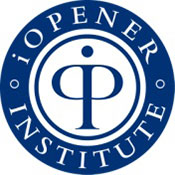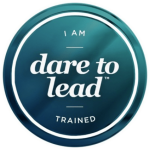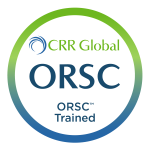
Earlier this week I spoke to a group of human resources professionals from the Rogue Valley about their most pressing challenges. What rose to the top? Finding ways to retain and motivate good employees without increasing payroll. Why is this important? Because their organizations are trying to do more with less – less personnel, less cost and less time.
I shared some startling statistics with them related to retention, sick leave, time on task and energy levels of the employees – and then I tied it to The Performance-Happiness Model.
Fact: The least happy employees take 5+ sick days per year compared with their happiest counterparts, who take .75 days.
Fact: The least happy employees plan to stay on the job for 1 year compared with their happiest counterparts, who plan to stay 5 years.
Fact: The least happy employees focus on task 20 percent of the time compared with their happiest counterparts, who are working productively 80 percent of the time.
Fact: The happiest employees are 180 percent more energized.
An organization of 100 people with an average pay of $40,000 per year can save more than $650,000 per year in sick pay, employee turnover and lost productivity by increasing employee happiness by just one standard deviation.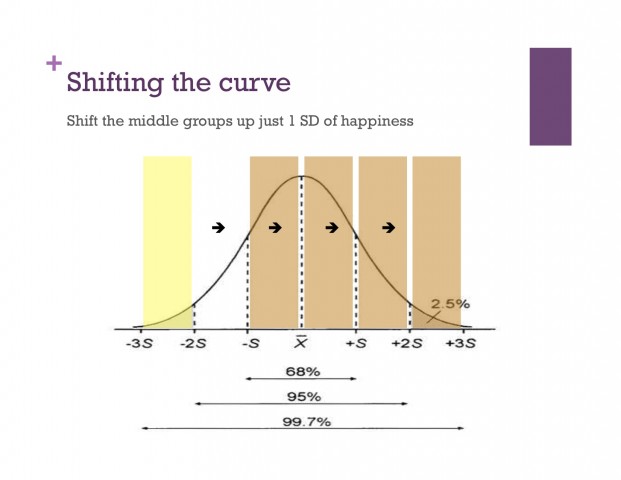
How does an organization do this? By employing The Performance-Happiness Model (see https://capiche.us/services/organizational-development/performance-happiness-model for details).
Contact me if you are interested in seeing if your organization could benefit from using this model. I will provide you with a free team report and consultation. You may be surprised!
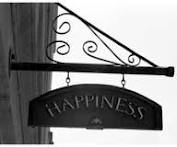 As I am preparing for next week’s “Leveraging the Science of Happiness at Work” presentation to the Rogue Valley Society for Human Resource Management (SHRM), I’m reflecting on a comment a Facebook friend made the other day when I shared
As I am preparing for next week’s “Leveraging the Science of Happiness at Work” presentation to the Rogue Valley Society for Human Resource Management (SHRM), I’m reflecting on a comment a Facebook friend made the other day when I shared  I’m presenting tomorrow at the University of New Mexico’s Mentoring Institute Conference on Leveraging the Science of Happiness at Work. Excited! Also doing a poster session and getting my paper published in the proceedings. A copy will soon be on this website.
I’m presenting tomorrow at the University of New Mexico’s Mentoring Institute Conference on Leveraging the Science of Happiness at Work. Excited! Also doing a poster session and getting my paper published in the proceedings. A copy will soon be on this website. 
 Check this out—The Wall Street Journal is measuring happiness at work using the same assessment tool I have been using with my clients. This
Check this out—The Wall Street Journal is measuring happiness at work using the same assessment tool I have been using with my clients. This  In Happiness at Work: Maximizing your Psychological Capital for Success (2010), author Jessica Pryce-Jones takes her research with more than 3,000 respondents from 79 countries and gets to the heart of what drives happiness and (this is so cool!) found that
In Happiness at Work: Maximizing your Psychological Capital for Success (2010), author Jessica Pryce-Jones takes her research with more than 3,000 respondents from 79 countries and gets to the heart of what drives happiness and (this is so cool!) found that 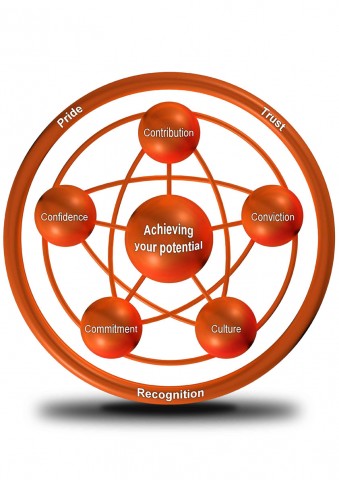 At the center of the Performance-Happiness Model is believing that you are achieving your potential. This is important because that belief makes you happy, and the statistics around happy versus unhappy employees are staggering.
At the center of the Performance-Happiness Model is believing that you are achieving your potential. This is important because that belief makes you happy, and the statistics around happy versus unhappy employees are staggering.
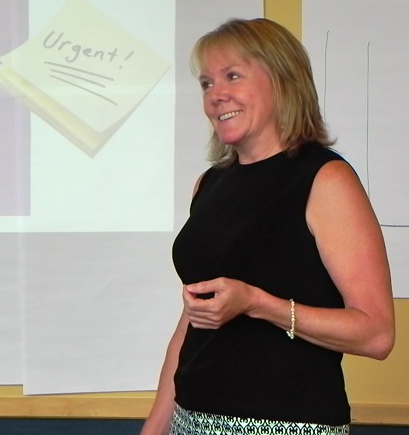 Capiche is happy to announce that Chris Cook has received full accreditation from the iOpener Institute for People and Performance, based in Oxford, England. Chris is the only iOpener-accredited coach in the Pacific Northwest, and she has access to iOpener tools and solutions that no other coach in the region enjoys.
Capiche is happy to announce that Chris Cook has received full accreditation from the iOpener Institute for People and Performance, based in Oxford, England. Chris is the only iOpener-accredited coach in the Pacific Northwest, and she has access to iOpener tools and solutions that no other coach in the region enjoys.
 Do you stay out of your employees’ way and allow them to problem solve? If not, consider that you are likely the sort of boss who is a top-down, micromanager. The command-and-control model works well in the military but results in tremendous dysfunction for work teams. Hierarchical control often results in a vicious cycle in which the work team is rendered ineffective and unvalued.
Do you stay out of your employees’ way and allow them to problem solve? If not, consider that you are likely the sort of boss who is a top-down, micromanager. The command-and-control model works well in the military but results in tremendous dysfunction for work teams. Hierarchical control often results in a vicious cycle in which the work team is rendered ineffective and unvalued.

